A Travel Guide to the World’s Most Famous Natural Diamonds
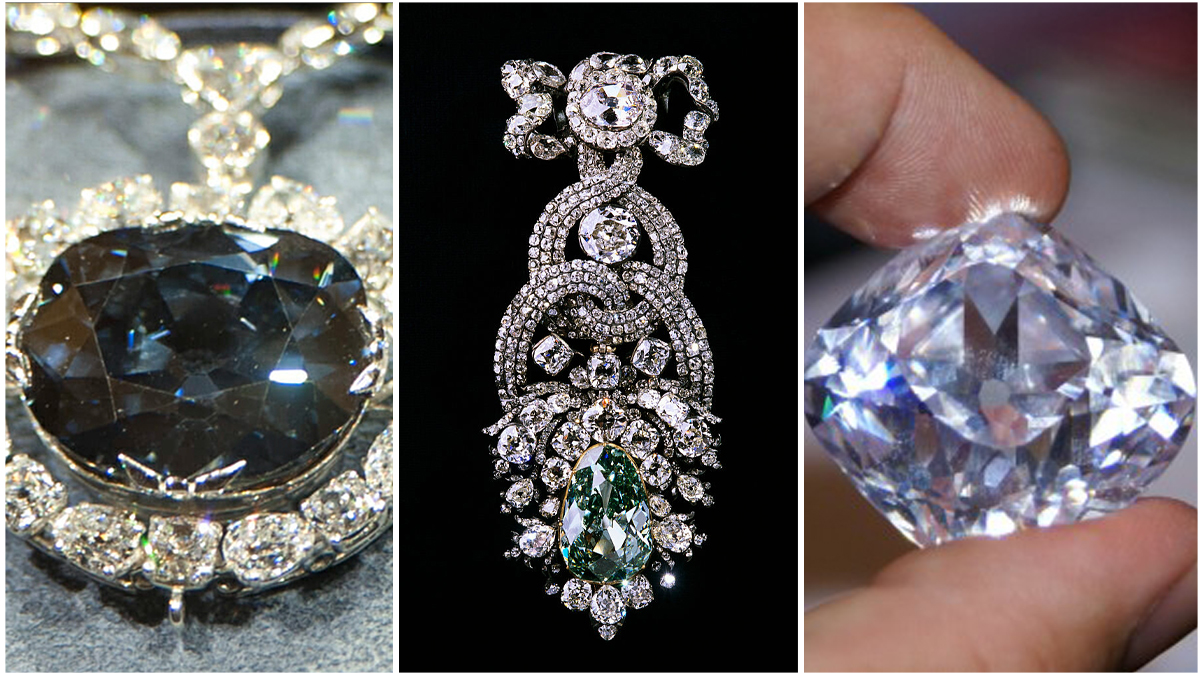
When Harry Winston donated the legendary Hope Diamond to the Museum of Natural History in Washington, D.C. in 1958, he mailed the stone via the United States postal service for $2.44. That was a seemingly risky move considering that the 45.52-carat steely blue diamond has been valued by some at $200 million to $300 million; others say it’s priceless..
But Harry Winston believed that everyone should enjoy seeing magnificent diamonds and gemstones, which is why he contributed the Hope Diamond and other famous stones to public institutions.
Historic natural diamonds are a main attraction in several museums internationally. It’s historic and cultural material, and often a symbol of a nation’s wealth and power. So next time you are in London, Paris, Washington D.C., or Dresden, Germany, here are the five museums where you can see epic diamonds—and take a selfie.
The Régent, Louvre Museum, Paris
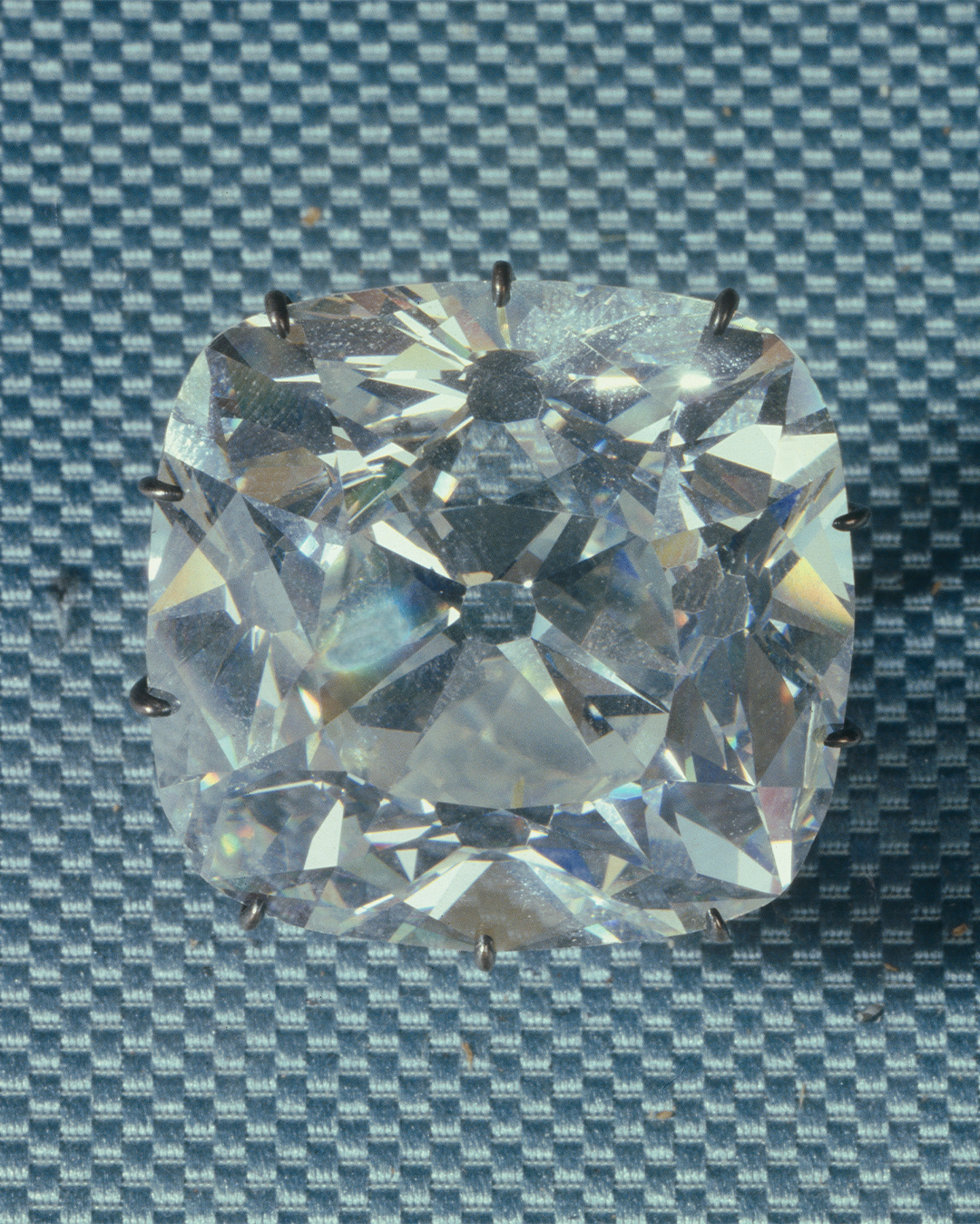
If Paris is on your itinerary this summer, make sure to visit the Apollo Gallery in the Louvre Museum to see the museum’s most impressive jewel: The 141-carat Régent diamond, which as a symbol of the French monarchy’s power and wealth has adorned Emperor Napoleon Bonaparte’s sword and several royal crowns.
Discovered in Golconda, India in 1698, the stone was originally purchased (some say stolen) by Sir Thomas Pitt, then Governor of the British settlement of Madras. In 1717, he sold it to Duke Philippe d’ Orléans, the French Regent (hence the name), who added it to the French Crown collection. In 1792 during the French Revolution, the stone disappeared. A year later, it was discovered hidden in the beams of an attic, and in 1800 purchased by Napoleon I. It was the centerpiece of royal crowns and regalia, and last adorned Empress Eugenie’s Greek-style diadem. It’s been part of the Louvre’s collection since 1887.
The Louvre’s collection also houses the fabled Sancy, a 55.2-carat pale yellow, pear-shaped diamond, which can be traced back 500 years to Charles the Bold. It was pawned to finance wars, stolen, and a loyal servant swallowed the stone rather than forfeit it to thieves. It was later removed from his cadaver.
The Dresden Green, Green Vault, Dresden Royal Palace
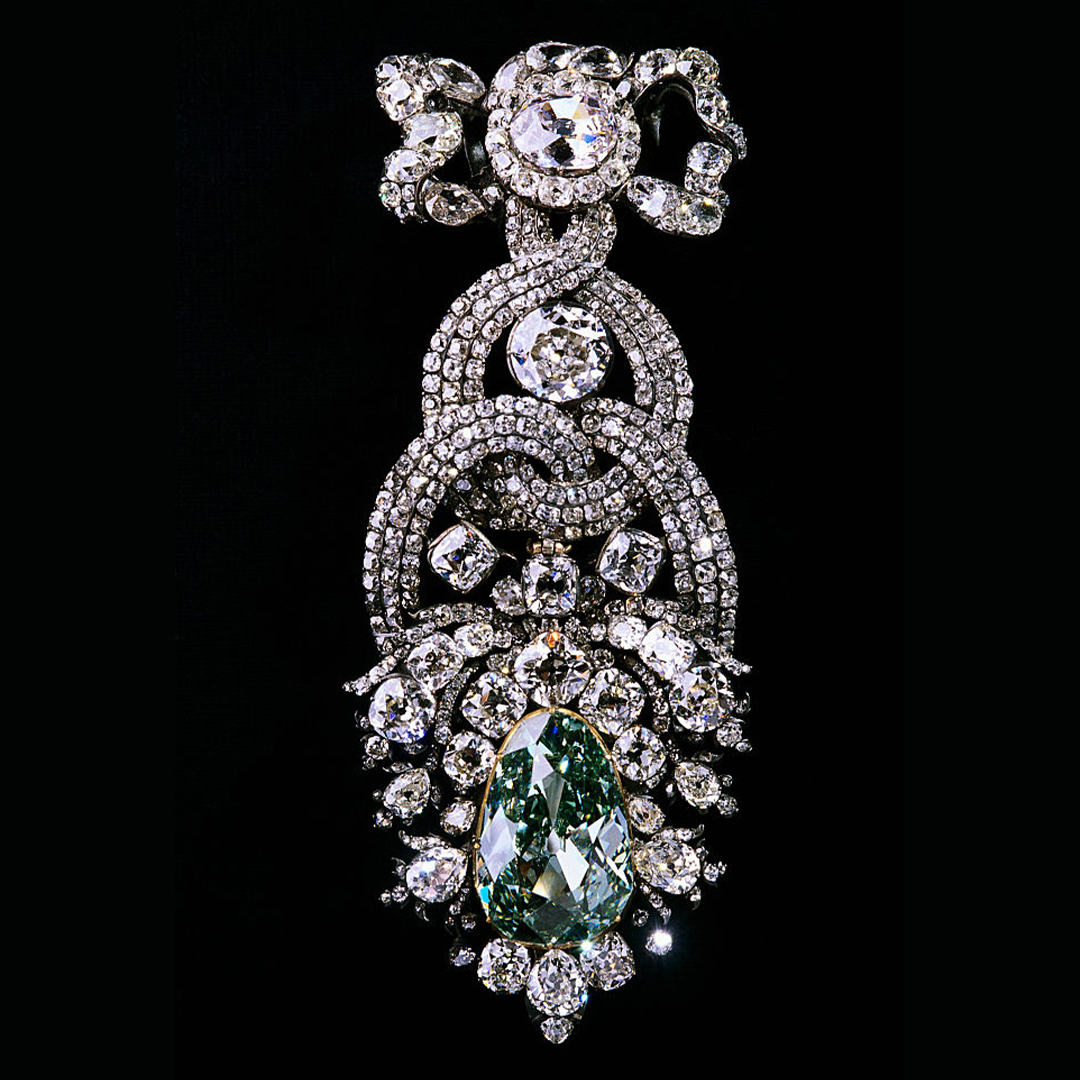
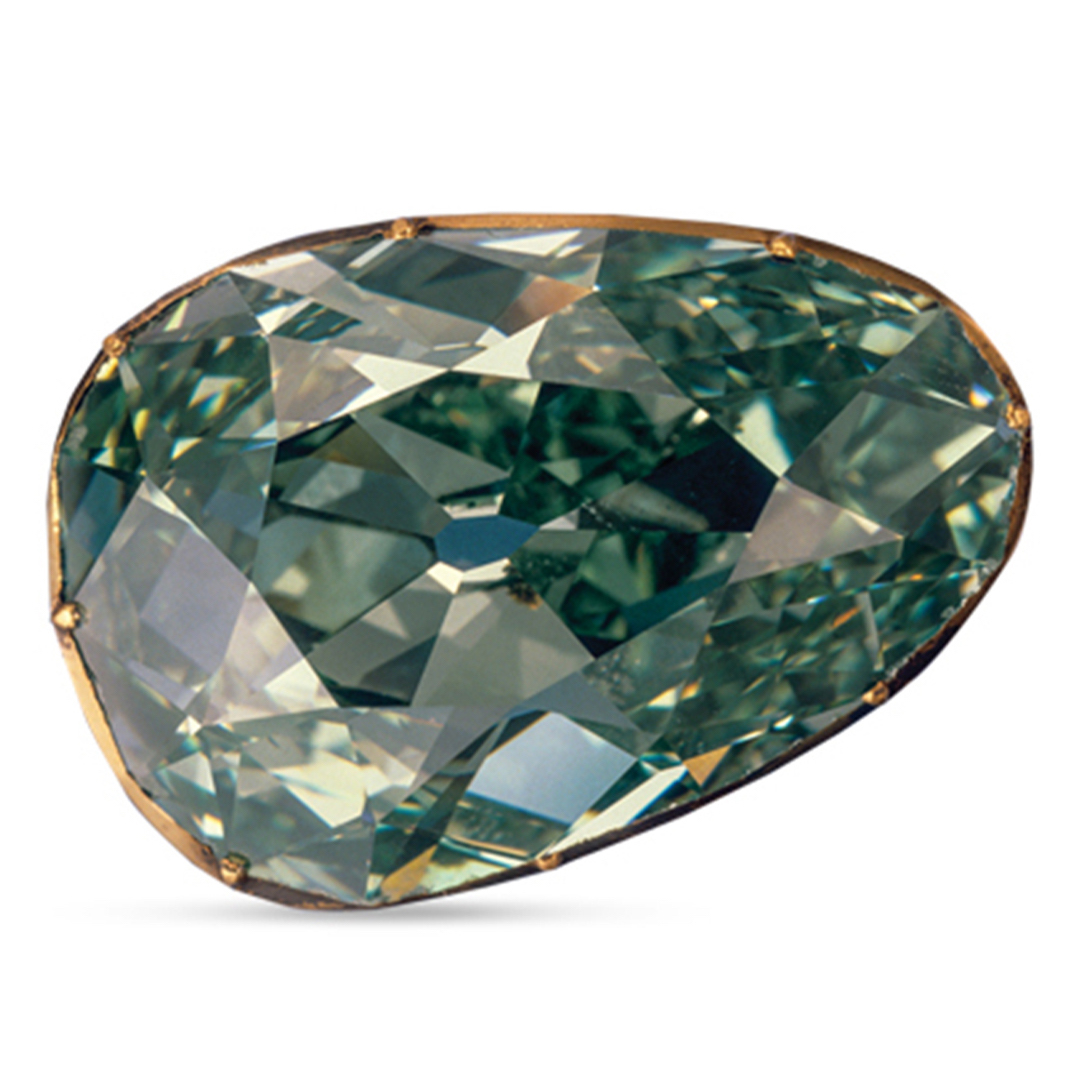
In 2019, the Dresden Green Vault was the scene of a jewelry robbery worthy of a movie. Luckily, the museum’s most famous diamond, the Dresden Green, was on exhibit at New York’s Metropolitan Museum of Art at the time of the break-in. The thieves were promptly apprehended but it took another year to locate the missing jewels, which are back on exhibit in the museum.
At 41 carats, the Dresden Green is a once-in-a-lifetime jewel. Green diamonds are exceptionally rare, and one of this size is considered a freak of nature. Discovered in the historic Golconda mines of India in 1722, the green diamond became part of the Royal Court of Saxony, and an emblem of the Golden Fleece. Frederick the Great of Prussia fancied the stone, and had it set in a hat pin, where it is still displayed today.
The Hope Diamond, Museum of Natural History, Washington, D.C.
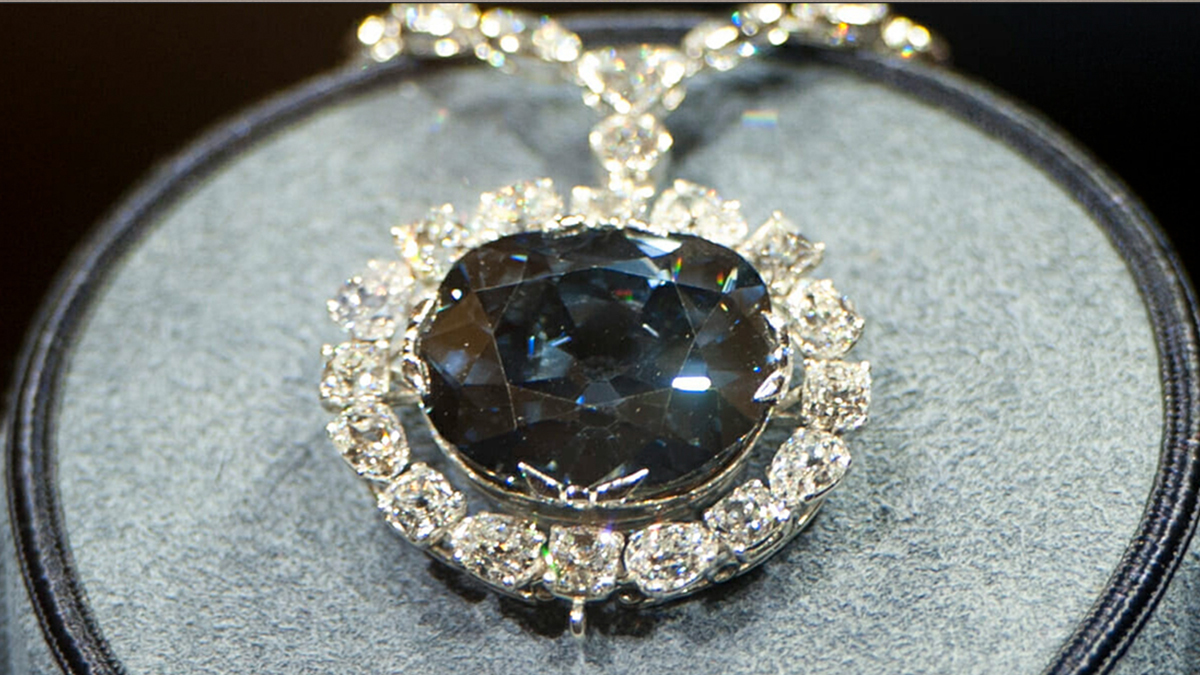
Millions of visitors line up every year to view the Hope Diamond, which is the centerpiece of the museum’s Hall of Gems. Until the Hope came to light, most people never knew that diamonds could be blue. More recently, elusive blue diamonds have caught the public’s attention with record-breaking sales, including the 14.62-carat Oppenheimer blue diamond, which fetched $57.8 million in 2016. That’s not even close in size to the 45.52-carat steely blue Hope Diamond.
Take note, the average carat weight of a diamond engagement ring hovers around one carat, so the Hope is nearly 50 times larger!
The Hope was discovered in the famous Golconda mines of India and purchased by French merchant Jean Baptiste Tavernier, who sold it to King Louis XIV in 1668 where it remained until the French Revolution. It was stolen, reappeared in a new cut, changed hands several times, and in 1911 was sold to heiress Evalyn Walsh McLean. Upon her death in 1947, it was purchased by Harry Winston.
The Hope Diamond has a salacious history: It’s been called a cursed diamond since several of its past owners faced demise and tragedy when it was in their possession. Thankfully, it’s safely under glass and can’t harm anyone.
The Cullinan Diamond, Tower of London
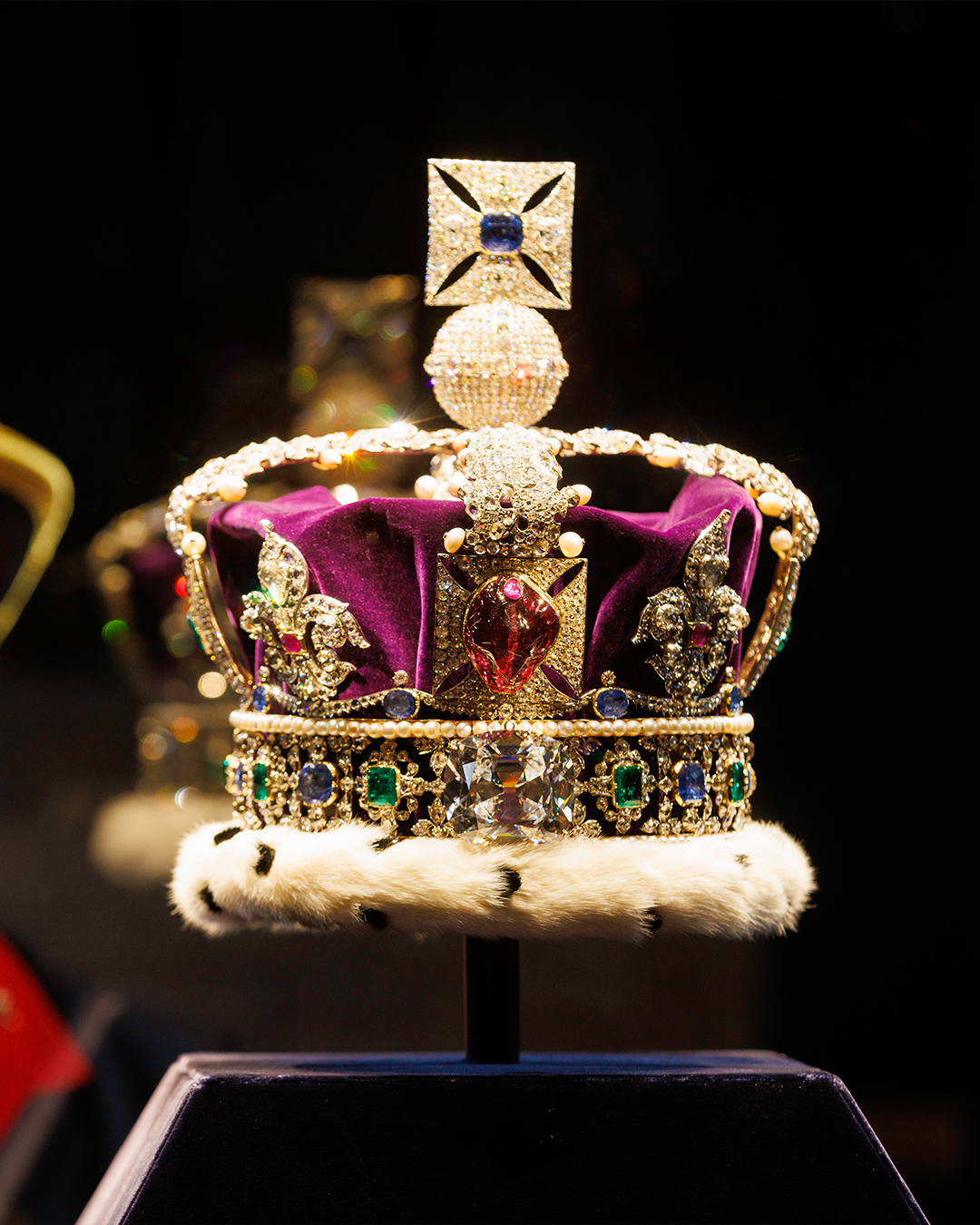
Courtesy of Historic Royal Palaces
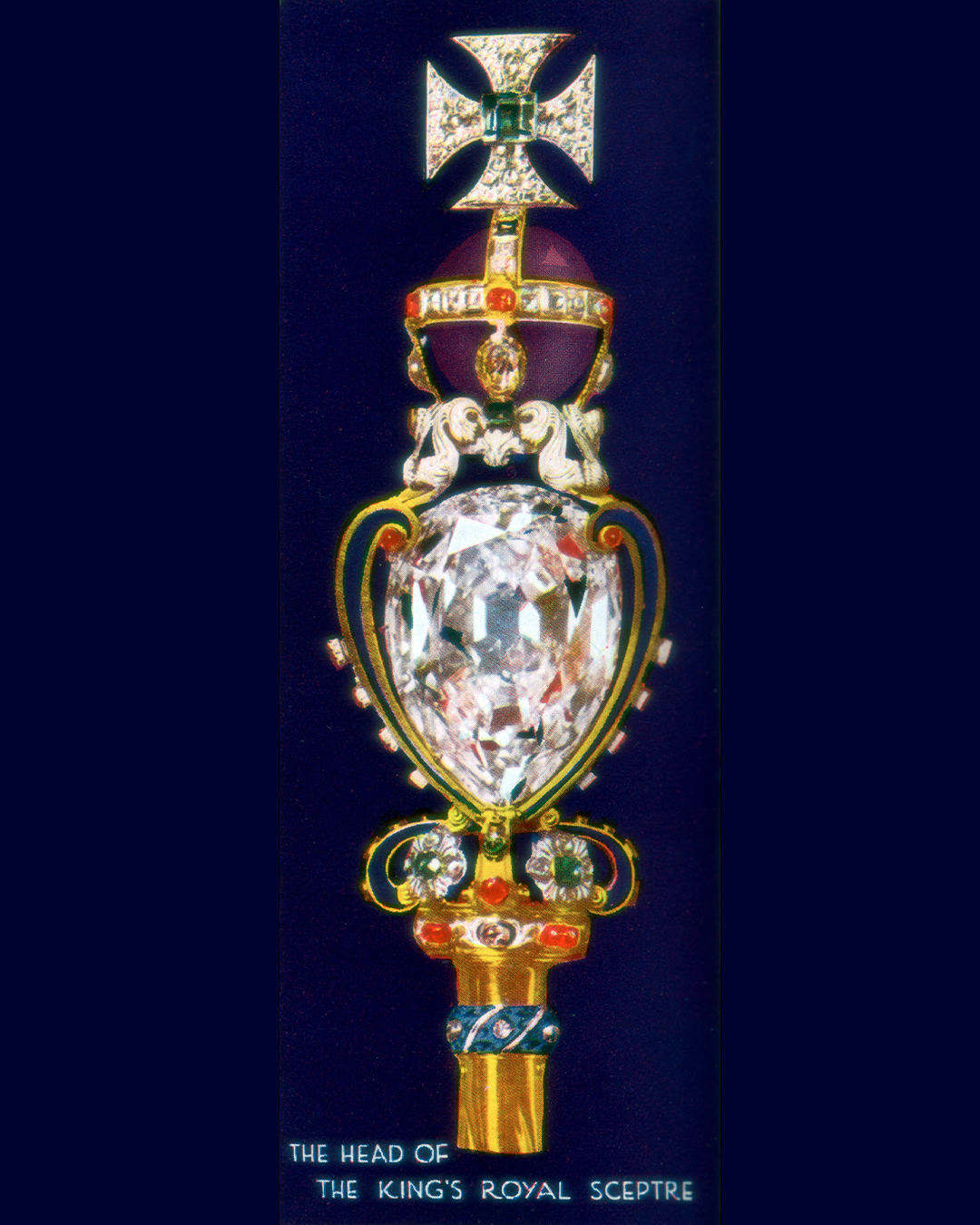
Getty Images
The historic Tower of London’s Jewel House has been newly restored so visitors can get a closer look at the main attraction: The British Crown Jewels. When they are pulled out for historic events, like the recent coronation of King Charles, it’s a reminder of the Brit’s lavish royal pomp and circumstance that has endured for centuries.
When it comes to royal jewels, nothing trumps the Cullinan I, the massive 503-carat diamond positioned in the British Crown’s royal scepter. It’s the largest colorless pear-cut diamond in the world.
That mammoth diamond was cut from the original Cullinan diamond, a 3,106-carat rough stone discovered in South Africa in 1905, which still holds the record as the largest known rough diamond. The Cullinan was presented to King Edward VII, who had it cut by the Asscher company into nine major stones which reside in different pieces in the British Royal collection. The second largest is Cullinan II, a 317-carat cushion cut diamond set in the Imperial State Crown.
Aurora Pyramid of Hope, Natural History Museum, London
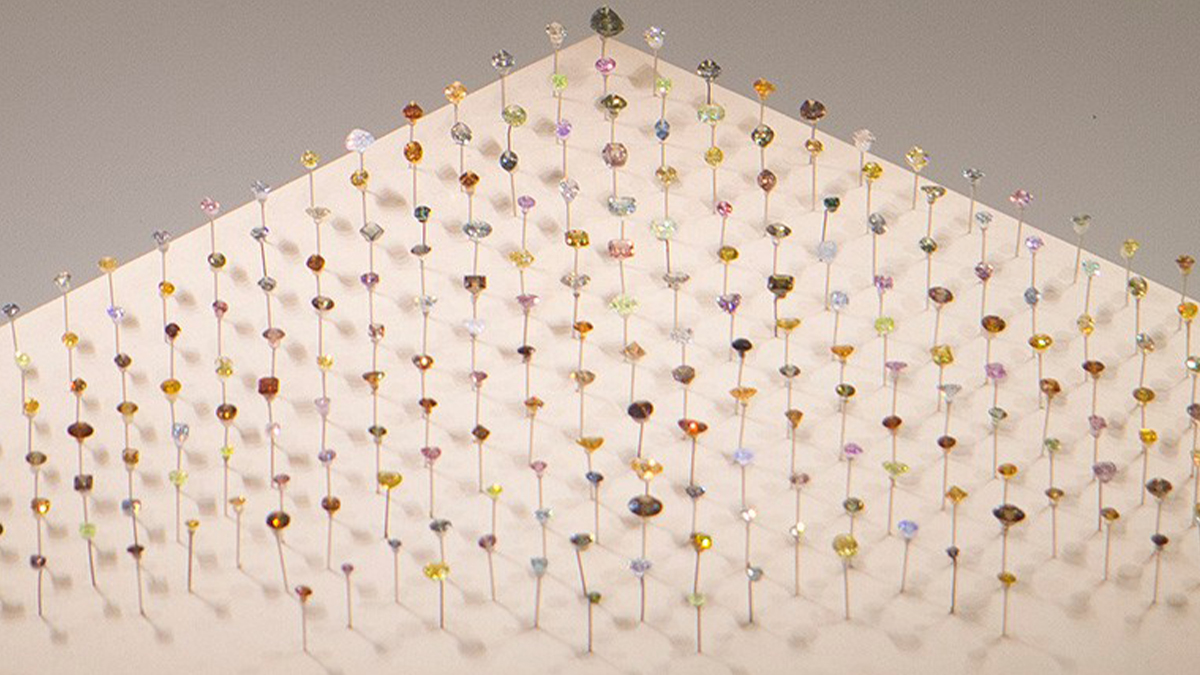
When we think of diamonds, white or colorless comes to mind. But natural diamonds exist in almost every color in the rainbow. These are known as fancy-colored diamonds and, in top qualities, they are remarkably rare. For every 10,000 white diamonds, only one is classified as fancy or with measurable color. That’s what makes the Aurora Pyramid, featuring 296 fancy-colored natural diamonds, a phenomenon.
The collection was assembled by passionate New York diamond collectors Alan Bronstein and Harry Rodman, who spent more than a decade searching for fancy-colored diamonds in every possible hue.
The Aurora collection demonstrates that there is always more to discover about natural diamonds.
